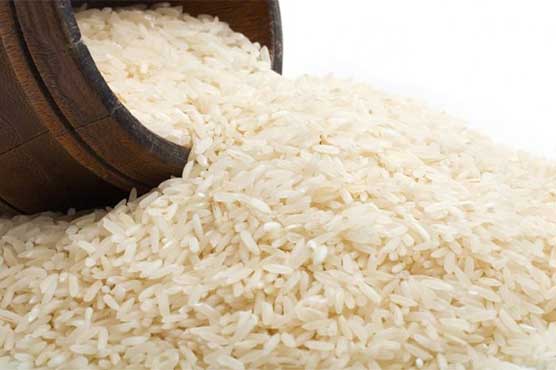Ijaz Kakakhel Islamabad
The Secretary Ministry of Commerce on Monday told the senators that Afghanistan exports are around one billions dollars and imports in recent years have jumped to 6 billion dollars. There was a huge difference between export and import of Afghanistan and the government of Pakistan has conveyed its concern to Afghan government.
These views were expressed in the Senate Standing Committee on Commerce, which held today while Senator Zeeshan Khanzada was on Chair.
Commencing the session, the Committee Chair addressed concerns raised in the media regarding Afghan Transit Trade. This difference is huge and we have conveyed this along with statistics to Afghan Government. Pakistan Government has also taken measures, including the prohibition of certain items and the imposition of a 10% processing fee by FBR on sensitive goods in order to rectify anomalies in the Afghan Transit Trade System.
These measures exclude essential commodities, and ongoing collaboration with Afghan authorities is in progress. The Government of Pakistan has mandated a bank guarantee for Afghan imports, aligning with the requirements imposed by Afghan authorities for Pakistani products transiting through Afghanistan to Central Asian republics.
The commitment to supporting Afghan Transit Trade remains unwavering, with comprehensive statistics promptly shared with the Afghan side. The government has made policy decisions, and the current challenge lies in effective enforcement on the ground.
The Committee extensively discussed the UAE government’s ban on the import of meat from Pakistan. The Director General of the Agro Ministry of Commerce clarified that there is no ban on meat exports to the UAE.
Our Trade Counselor is in contact with UAE authorities, addressing a specific incident where a consignment failed to meet standards and was returned. The UAE has recently revised its requirements for sea transportation of fresh chilled meat from Pakistan, restricting it to vacuum-packed and modified atmosphere-packed meat. Senator
Danesh Kumar expressed concerns about substandard meat exports, prompting the Ministry of Commerce to commit to a thorough inquiry and the sharing of details on the specific returned consignment.
Additionally, a third-party audit of transport, storage, and processing facilities for meat products in Pakistan will be conducted in coordination with the Animal Quarantine Department.
Regarding seafood exports to the UAE, it was clarified that there is no ban. Senator Danesh Kumar raised concerns about the smuggling of fisheries worth 3 to 4 billion dollars by foreign trawlers with built-in processing plants.
The Secretary of the Ministry of Commerce explained the government’s focus on the fisheries and seafood sector, with a comprehensive policy expected by January next year. One Pakistani company has already begun exporting seafood to the EU, and three more companies are awaiting permits. A renewed focus on this sector could help bridge the gap between exports and imports. The Committee was also briefed on the export potential of G1 Garlic. Representatives of G1 Garlic growers highlighted its advantages, including a better shelf life and being four times larger than other local varieties. With government support, this product could be developed for export within 3 to 4 years.









